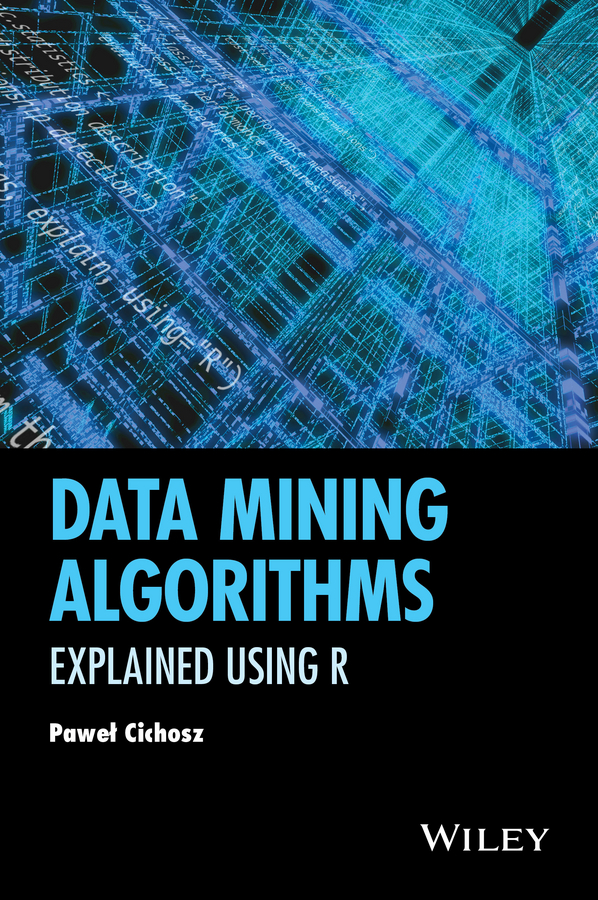Электронная книга: Pawel Cichosz «Data Mining Algorithms. Explained Using R»

|
Data Mining Algorithms is a practical, technically-oriented guide to data mining algorithms that covers the most important algorithms for building classification, regression, and clustering models, as well as techniques used for attribute selection and transformation, model quality evaluation, and creating model ensembles. The author presents many of the important topics and methodologies widely used in data mining, whilst demonstrating the internal operation and usage of data mining algorithms using examples in R. Издательство: "John Wiley&Sons Limited"
ISBN: 9781118950845 электронная книга Купить за 6177.33 руб и скачать на Litres |
Другие книги схожей тематики:
| Автор | Книга | Описание | Год | Цена | Тип книги |
|---|---|---|---|---|---|
| Antonios Chorianopoulos | Effective CRM using Predictive Analytics | A step-by-step guide to data mining applications in CRM. Following a handbook approach, this book bridges the gap between analytics and their use in everyday marketing, providing guidance on solving… — John Wiley&Sons Limited, электронная книга Подробнее... | 4219.8 | электронная книга | |
| Noble Wilford John | Bayesian Networks. An Introduction | Bayesian Networks: An Introduction provides a self-contained introduction to the theory and applications of Bayesian networks, a topic of interest and importance for statisticians, computer… — John Wiley&Sons Limited, электронная книга Подробнее... | 8581.31 | электронная книга |
См. также в других словарях:
Data Vault Modeling — is a database modeling method that is designed to provide historical storage of data coming in from multiple operational systems. It is also a method of looking at historical data that, apart from the modeling aspect, deals with issues such as… … Wikipedia
Artificial intelligence — AI redirects here. For other uses, see Ai. For other uses, see Artificial intelligence (disambiguation). TOPIO, a humanoid robot, played table tennis at Tokyo International Robot Exhibition (IREX) 2009.[1] Artificial intelligence ( … Wikipedia
Cluster analysis — The result of a cluster analysis shown as the coloring of the squares into three clusters. Cluster analysis or clustering is the task of assigning a set of objects into groups (called clusters) so that the objects in the same cluster are more… … Wikipedia
Decision tree learning — This article is about decision trees in machine learning. For the use of the term in decision analysis, see Decision tree. Decision tree learning, used in statistics, data mining and machine learning, uses a decision tree as a predictive model… … Wikipedia
Outlier — This article is about the statistical term. For other uses, see Outlier (disambiguation). Figure 1. Box plot of data from the Michelson Morley Experiment displaying outliers in the middle column. In statistics, an outlier[1] is an observ … Wikipedia
OptiY — Developer(s) OptiY GmbH Stable release 4.0 / January 12, 2010 Operating system Windows Type Technical computing … Wikipedia
